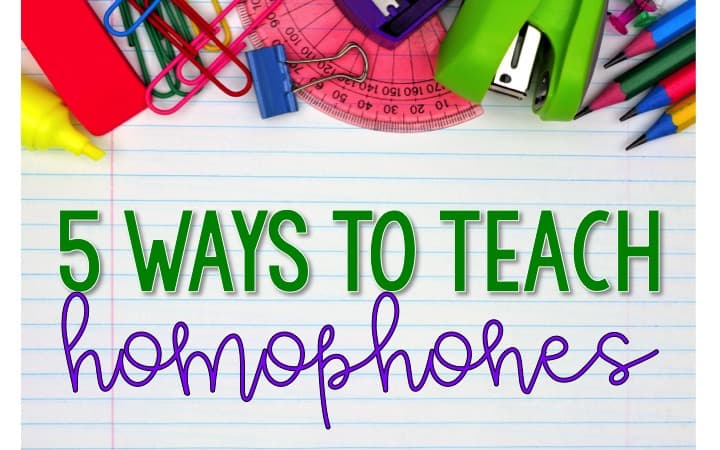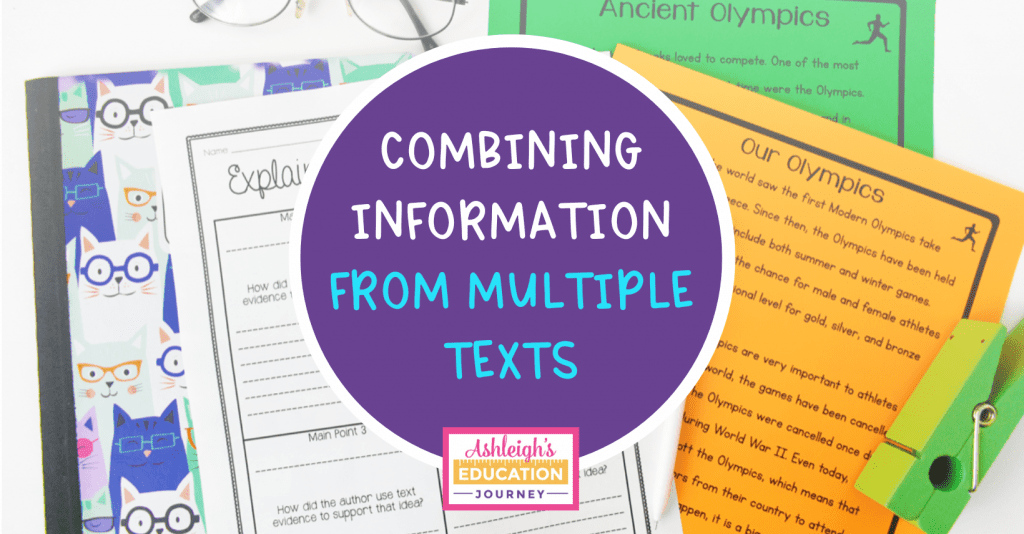
Combining information from multiple texts is not a skill that can be quickly taught. There is definitely a lot involved! Students must first be able to read and comprehend an individual informative text before they can apply those skills to combine information. Then integrating information takes that comprehension to a whole new level. The good thing is that this reading standard can easily be integrated into social studies and science standards, as well as informative writing.
In this blog post, I’ve shared some of my favorite strategies for teaching this tricky skill. As you read, remember that this is not something I teach at the very beginning of the school year. Instead, students have to first build stamina and understanding, as well as learn to prove their thinking with text evidence.
As we all know, explaining text evidence is not always easy for students, especially an informational text. I begin my combining information lessons by having students read two passages on the Olympics. Of course, you could use do this with any topic. Students explain how the author uses text evidence to support particular points on each text. Students read both passages and discuss the text together with their group. I then model how to complete the Explaining Text Evidence graphic organizer. In the graphic organizer, students identify four main points in each text and explain how the author used text evidence to support those main points.
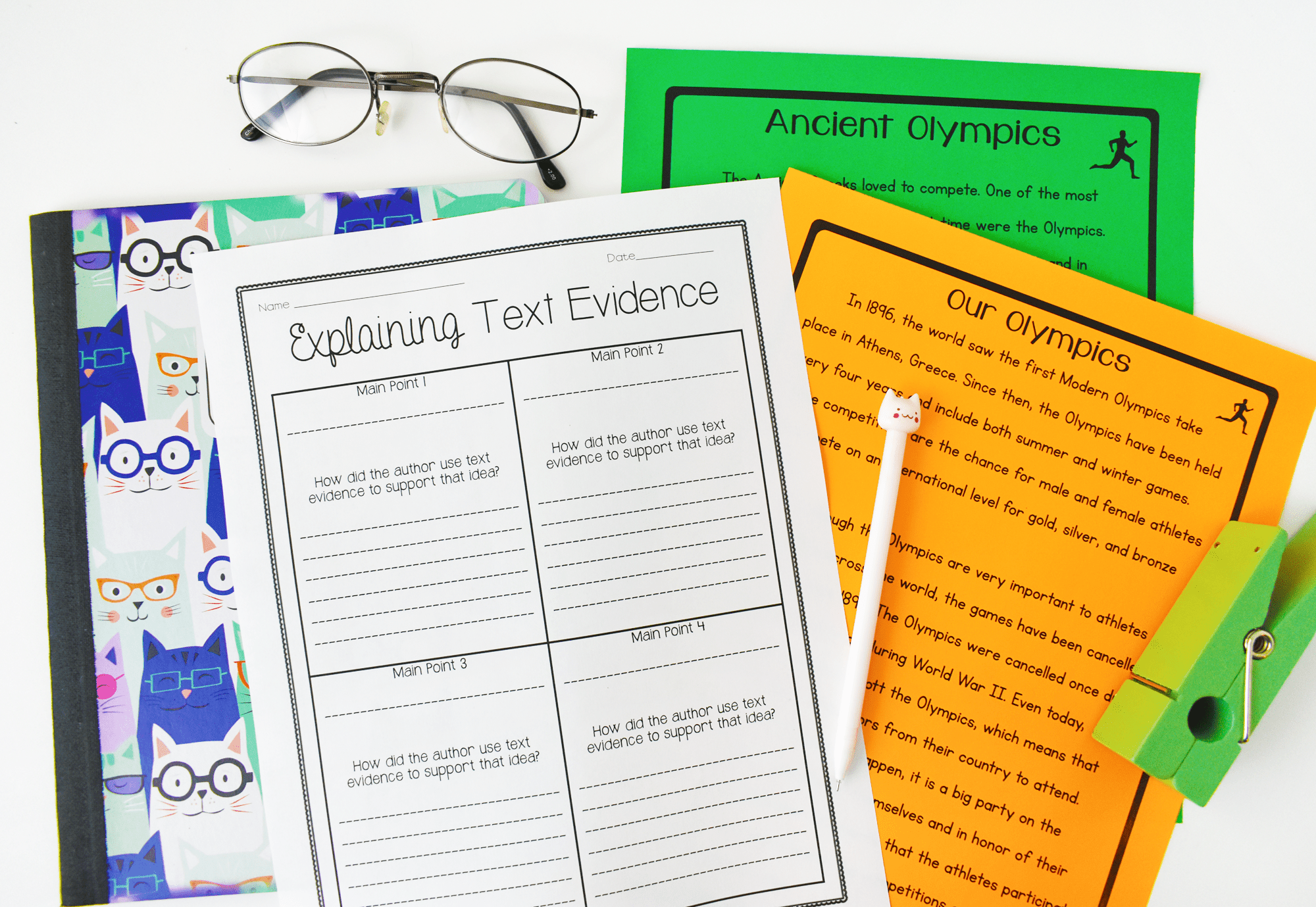
When we discuss research, I always explain that whenever we study any topic, it’s important to use more than one source. I lead students into understanding that this means that we must combine information from multiple sources. We practice this together by reading two passages about Disney theme parks. The first text is about Disneyland and second text is about Disney World. Students then complete a graphic organizer to show what you’ve learned from both texts.
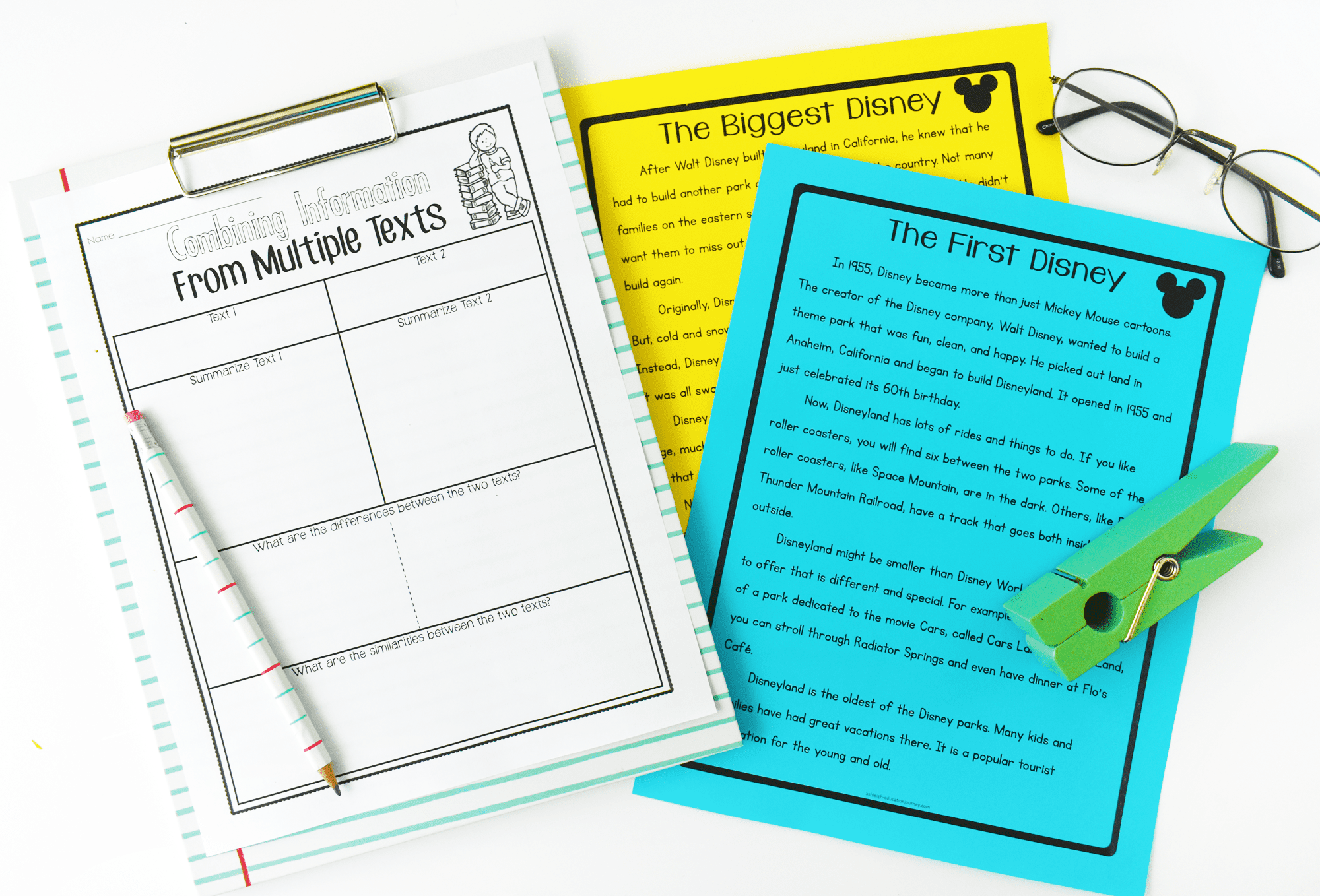
The previous two assignments scaffolded combining information. I let students work toward the next level with paired comprehension questions. Students read two informational passages on similar topics. Then, they answer two questions where you have to use what you read in BOTH passages for your response. This is not an extended response question that requires multiple paragraphs. However, a sentence is not enough for this type of questions.
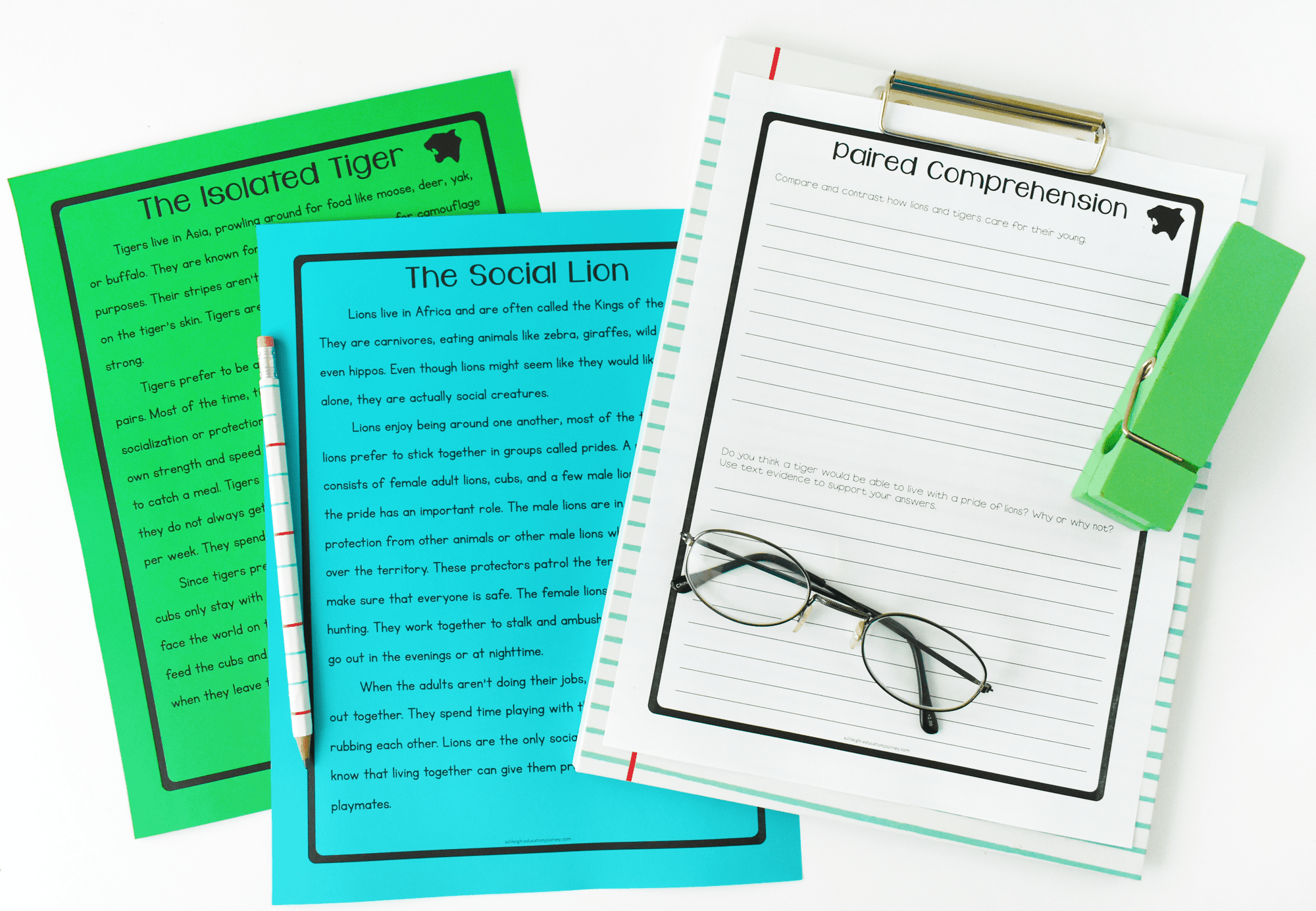
Since this is a challenging lesson for students, after I provide feedback on their first attempt at this type of response, students complete another set of paired comprehension questions that are written in the same format. At this point, students should begin to feel much more comfortable combining information from multiple texts.
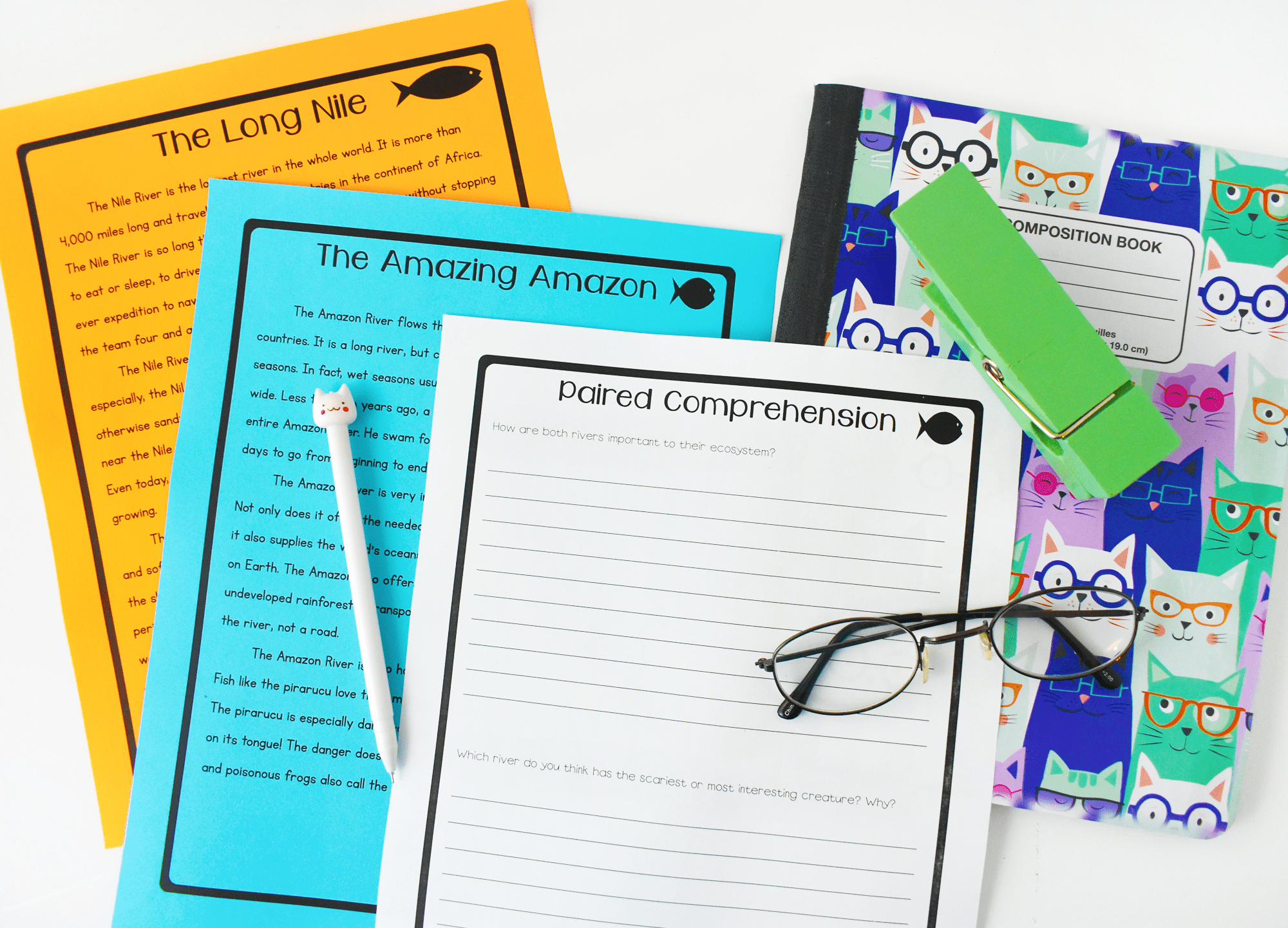
In the more advanced combining information lessons, students write an extended response that combines information from multiple texts. I have students write their extended response as an essay, rather than a paragraph. Your expectations for this assignment will depend on students’ prior instruction on informational writing. I try to focus on the content, rather than writing craft for this essay. However, this would be a great assignment to integrate into your writing workshop.
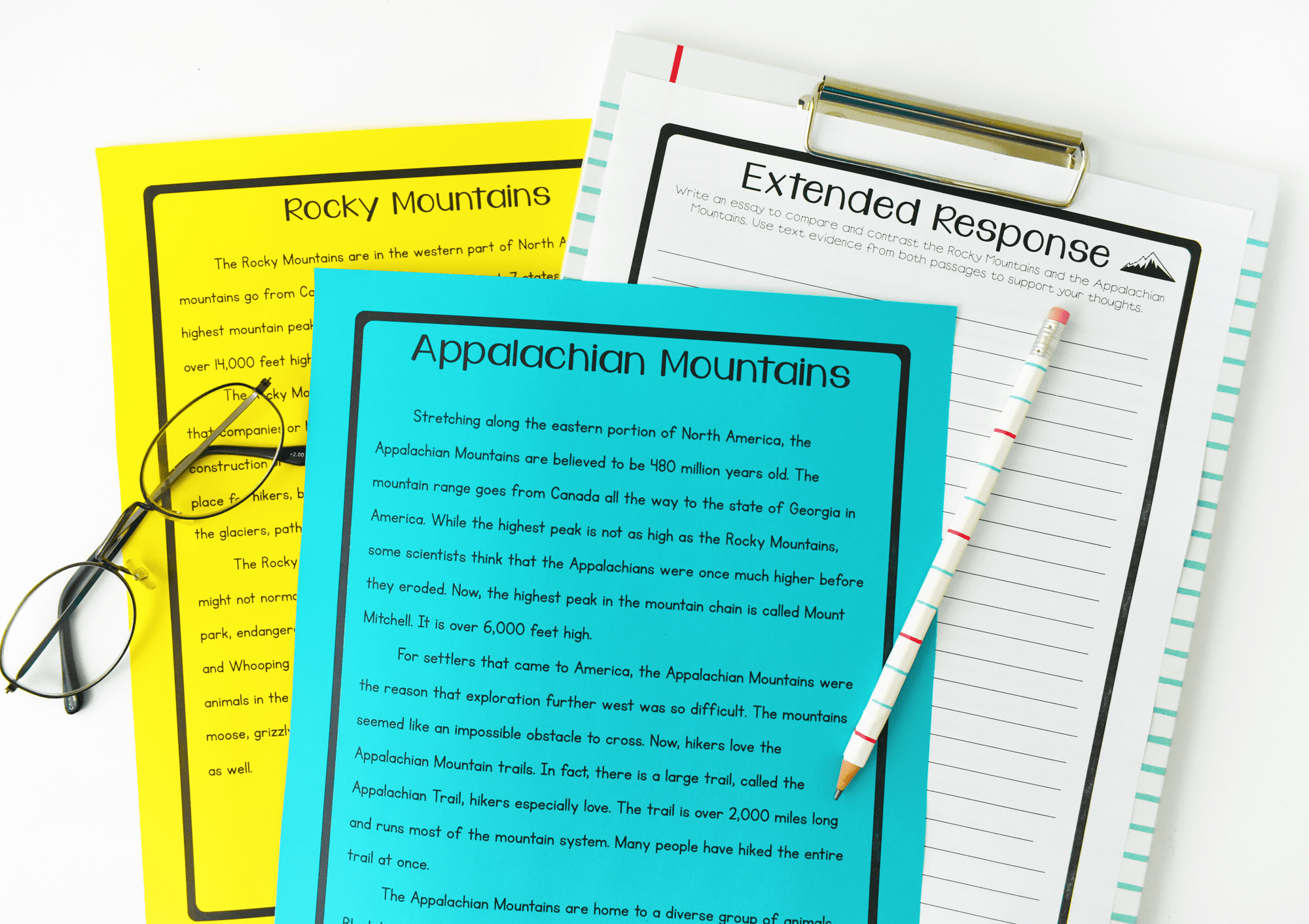
Naturally, these lessons aren’t our end goal. Students should begin to apply these strategies to research content for their own informational writing pieces. But, these lessons help students build the foundation for that application. You can find each of the passages and printables in this reading unit.



